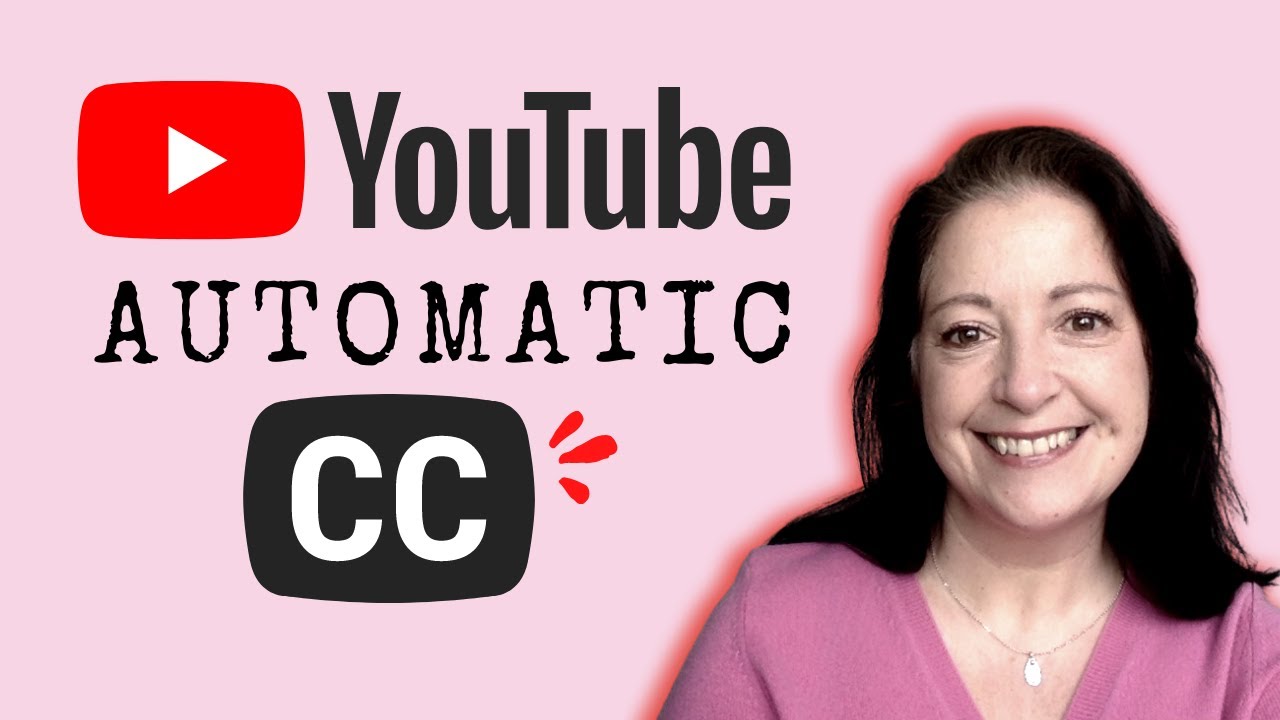
If you have a real problem, Brainstorming is a good way to come up with a solution or two. As the name suggests, the idea is that you storm on the neural pathways through the brain to pick a lot of thoughts quickly and intuitively. It’s best to do this with a group of diverse people, so you have lots of different brains to explore. This leads to the creation of more ideas and maybe new solutions.
Before you start make sure you solve the right problem. Einstein said, to solve a problem “I would spend 55 minutes defining the problem and then five minutes solving it.” Tina Seelig, a well-known professor on creativity, teaches to define a problem by reframing the question for example by simply asking “why?” Say you brainstorm ideas for a birthday party for your mum, you can ask: “Why do we organize birthday parties?” You might then realize that we do them to make people feel special then ask “how can I make my mum feel special?” Now a totally different idea might come up.
Once you define the real problem, start! Here are three ways. Guided Group Brainstorming: First get some markers and a whiteboard or some post-it notes. Then invite the participants, these are your brains. Company bosses, teachers or other authorities are advised to stay outside or facilitate, their authority can intimidate shy people from speaking up. Then lay out the four ground rules of brainstorming. 1: Go for quantity – get out all the ideas no matter how silly. 2: Withhold criticism. There are no bad ideas. 3: Welcome crazy ideas – the wilder the better. 4: Build on other people’s ideas – listen to them first and then add “yes and…” Now you can start. Write the problem as a question on the whiteboard.
Then ask all of your brains to throw in their ideas. As a facilitator, keep the discussion focused on the topic. To ensure that people don’t speak over one another, you can provide a talking stick which is passed around. Note down all the ideas and put them up for everyone to see. Remind people to add on to ideas.
If Anne thinks of: “Let’s build a cool umbrella” Jay can say “YES AND let’s make it one that flies too…” If someone did kill a good idea, the facilitator can always bring it back to life to throw it back on the table. At the end of the session, see if there are two ideas that can be combined. In brainstorming, the slogan is: 1+1=3 then let the team vote to know which of the most popular ones. You can now either start with another round of brainstorming to build on those ideas, or if you are happy with the solution, bring it to an end. Finally record your best ideas, so you don’t lose them. The Nominal Group Technique: Explain the ground rules and present the problem. Then ask each person to write their ideas anonymously. Then collect the ideas and let the group vote on each idea. The top-ranked ideas may be sent back to the participants or sub groups for further brainstorming. For example, one group may brainstorm on the form of a product, while the other focuses on the technical features.
The Group Passing Technique: Let people sit in a circle, explain the rules and present the problem each person writes down one idea and then passes the piece of paper to the next person who adds some thoughts. This continues until everybody gets his or her original piece of paper back. By this time, it is likely that the group will have extensively elaborated on each idea. Let everyone explain their evolved idea and write each one up. You can then let the group vote. If you want to brainstorm by yourself, give it a try right now. At the end of this scene we will present you with a problem once you get it right five ideas in the comments below as fast as you can without much thinking. This unlocks your creativity and gets you past mental blocks. After you are done, read the comments from the others. Pick your favourite idea and build your thought on top of it. To do that, just reply to that person starting with “yes and…” Here’s the problem: Our oceans are full of plastic waste. A lot of it is eaten by fish with uncertain effects on our health.
According to The Economist Newspaper, by 2050 the oceans could contain more plastic than fish, measured in weight. So: “How can we reduce the plastic waste in our oceans today?”.
As found on Youtube






